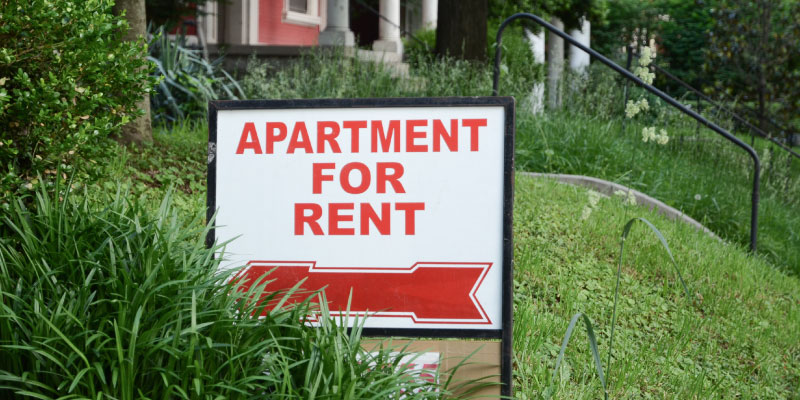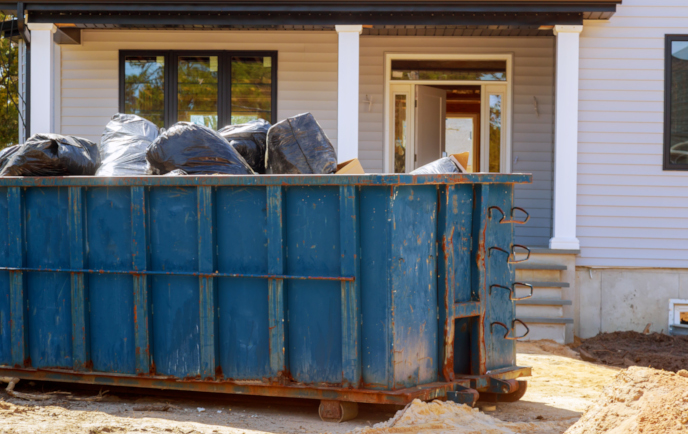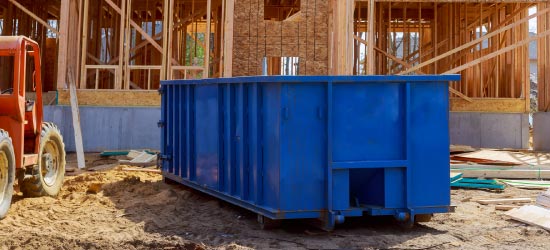
Updated January 19, 2023
There are certain things to keep in mind when disposing of construction debris, like wood, drywall, flooring, roofing, and insulation.
Learn how to avoid additional fees and overages with our tips.
Jump to:
- Plan Ahead
- Estimate Debris Volume
- Don't Mix Debris With General Waste
- Rent a Larger Dumpster
- Schedule Pickup and Drop-off
Find a reputable dumpster rental company in your area
Plan Ahead
It's easier to plan ahead and choose the correct dumpster size for a project when you know the type and amount of debris that will be (or has been) generated.
Knowing this information will help you and the dumpster rental company choose the best roll-off container for the job.
As a general rule, heavy debris, like concrete or shingles, should go in a small dumpster, like a 10, 15, or 20 yard bin.
Lighter debris, like insulation or lumber, should go in a larger dumpster, like 20, 30, or 40 yard containers.
Keep reading:
- 10 Yard Dumpster Guide: Convenient Size, Great Price
- 20 Yard Dumpster Guide: Versatility and Affordability
- 30 Yard Dumpster Guide: Average Costs, Weight Limits, and More
Estimate Debris Volume
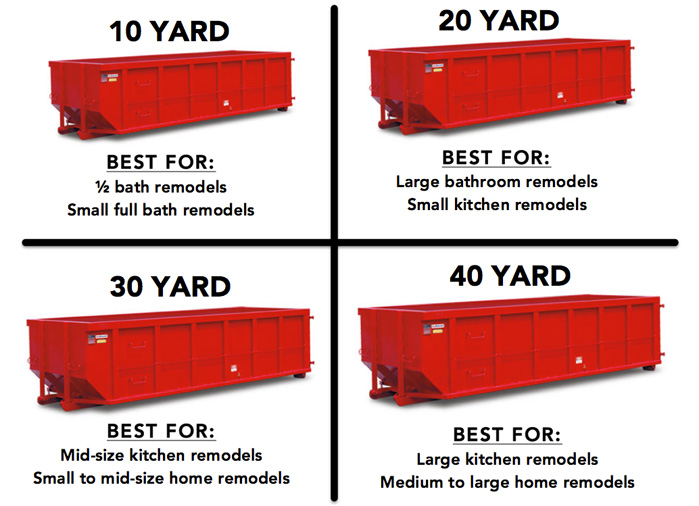
One cubic yard of junk or debris measures 3 ft x 3 ft x 3 ft, roughly the size of a standard kitchen stove.
To give you a visual, roughly ten kitchen stoves would fit in a 10 yard roll-off dumpster.
This will make it easier to visualize which dumpster is right for the project and will make it easier to do the math when figuring out how much debris your project will generate versus how much dumpster capacity you’ll need to accommodate it.
Don't Mix Debris With General Waste
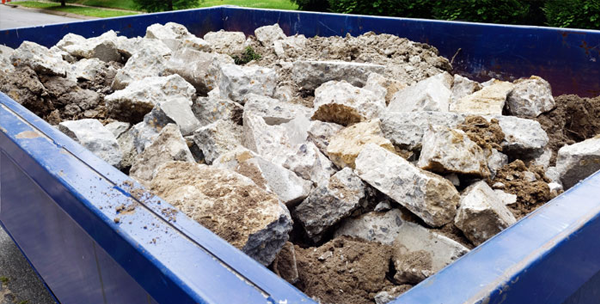
Most municipalities do not allow mixing construction debris with general waste, like household trash.
Avoid using a rented dumpster as a catch-all for construction wastes, trash, yard debris, and other wastes. Mixing these wastes could lead to additional fees or other issues.
If necessary, rent multiple dumpsters to accommodate different types of waste and debris.
Depending on the amount of junk you have, hiring a junk removal service to handle some or all of the job may be a more convenient and affordable option.
Learn more:
- Clean Load Your Dumpster to Save Money
- When Is It a Good Idea to Hire a Junk Removal Company?
- Debris Removal: The Complete Guide to Getting Rid of Anything
Contact dumpster rental providers in your hometown
Rent a Larger Dumpster
Another expensive mistake is booking a dumpster that isn’t big enough to finish the cleanup.
Choosing a dumpster that's too small can lead to more hassle and costs.
You'll have to either order an additional dumpster or pay overage fees for overfilling the dumpster.
By spending an extra $20-$50 on average and going with a larger dumpster, you can avoid these extra costs.
Continue reading:
- Why Large Dumpsters Sometimes Cost Less Than Small Dumpsters
- Large Dumpster Rental: When Is a 30 Yard or 40 Yard Dumpster the Best Choice?
- Dumpster Sizes Chart: Dumpster Sizes and How Much They Hold
Schedule Pickup and Drop-off
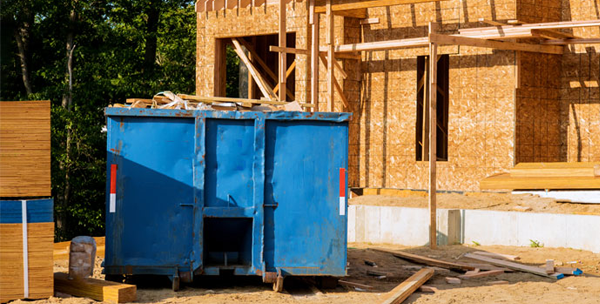
Ensure the job site runs smoothly by scheduling pickups ahead of time.
Depending on the rental provider’s schedule, it may be several days before your dumpster can be picked up or swapped out with a new one.
Any delay at a busy construction or demolition site can be problematic. Communicating pickups or swap-outs with the rental company ahead of time can greatly reduce slowdowns at the job site.
The key to a successful construction debris cleanup is proper planning and effectively communicating your disposal needs with your roll-off dumpster rental provider.
An experienced and reputable rental company will ensure the disposal process for your project runs smoothly.
Hometown makes it easy to find reputable, locally-owned dumpter rental companies that service your area.
You can read real, verified reviews and request free quotes from as many providers as you'd like.
We recommend getting at least 3 different quotes to ensure you get the best price, customer service, and availability.
Get free dumpster rental quotes from providers near you
Read more:
